Moldy food can be both disgusting and dangerous – but sometimes it’s still edible.
The key lies in knowing what types of moldy food are safe, and which ones belong in the trash. Here’s your guide to dealing with mold in the kitchen.
Moldy bread
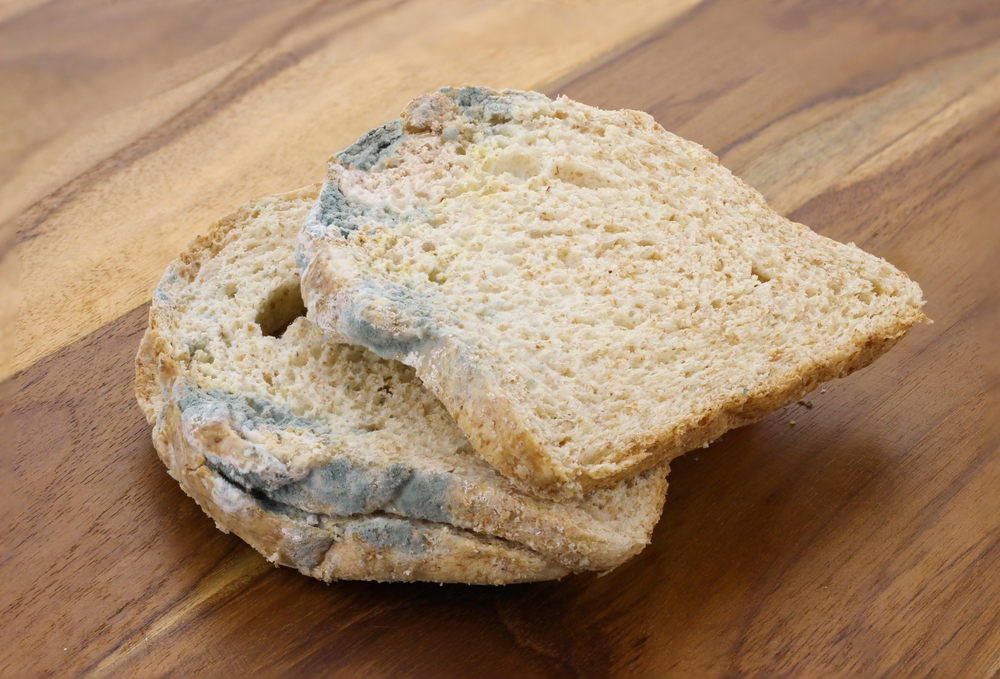
If you spot mold on your bread, it all has to go. Mold spores spread invisibly through the whole loaf, so don’t try to save the unaffected parts.
Moist fruit and vegetables
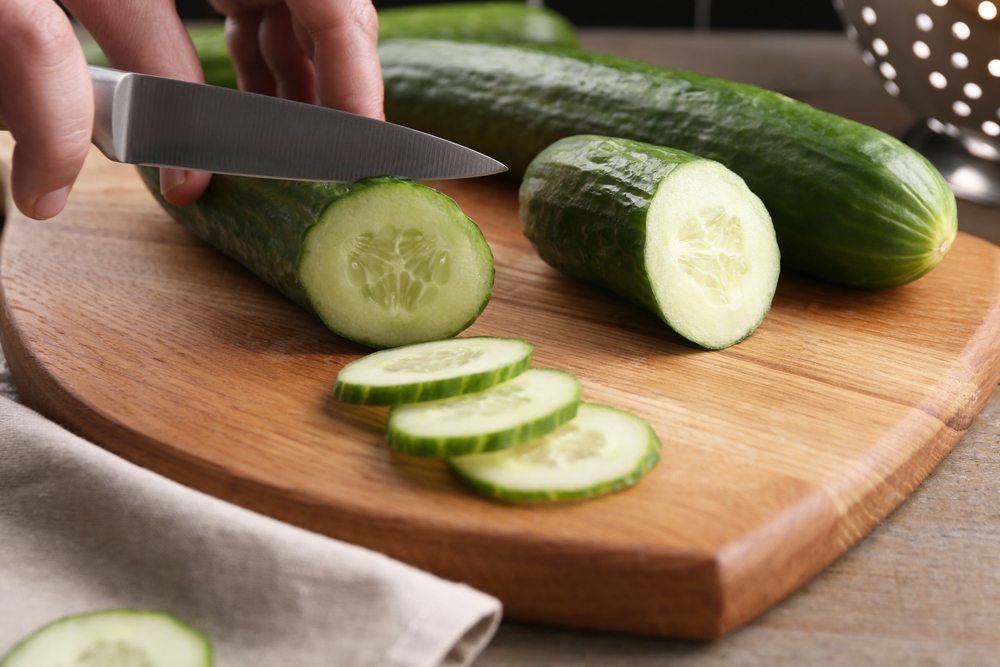
Tomatoes, cucumbers, grapes, bell peppers and plums must always be discarded when mold appears.
The high water content makes them a breeding ground for mold, which spreads quickly.
Moldy jam
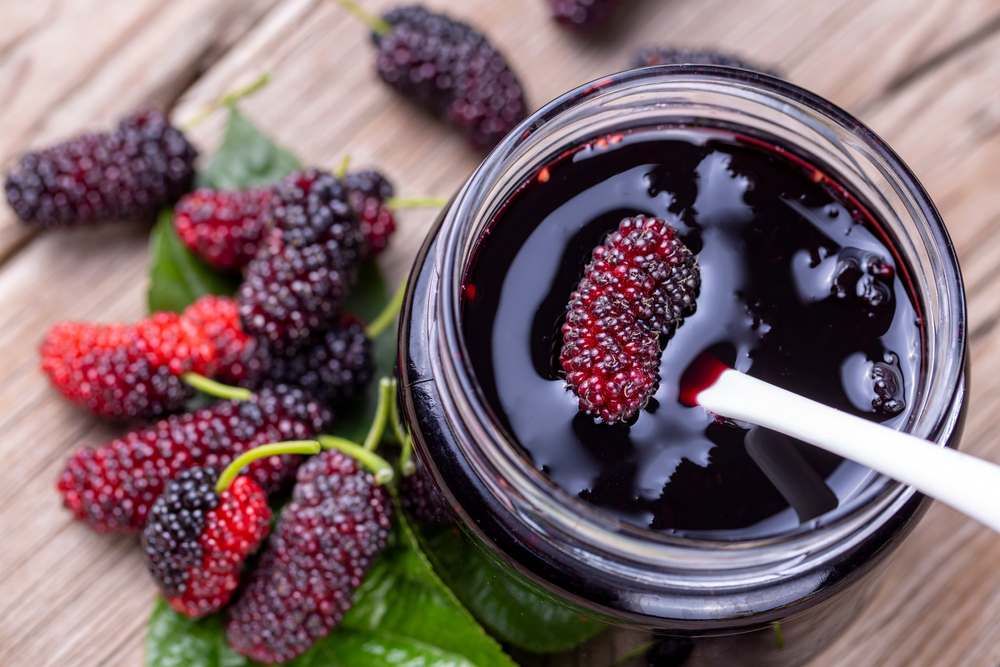
Scraping the top off moldy jam won’t help. Once mold is present, the entire jar is contaminated. The spores and toxins spread easily, even if you can’t see them.
Nuts
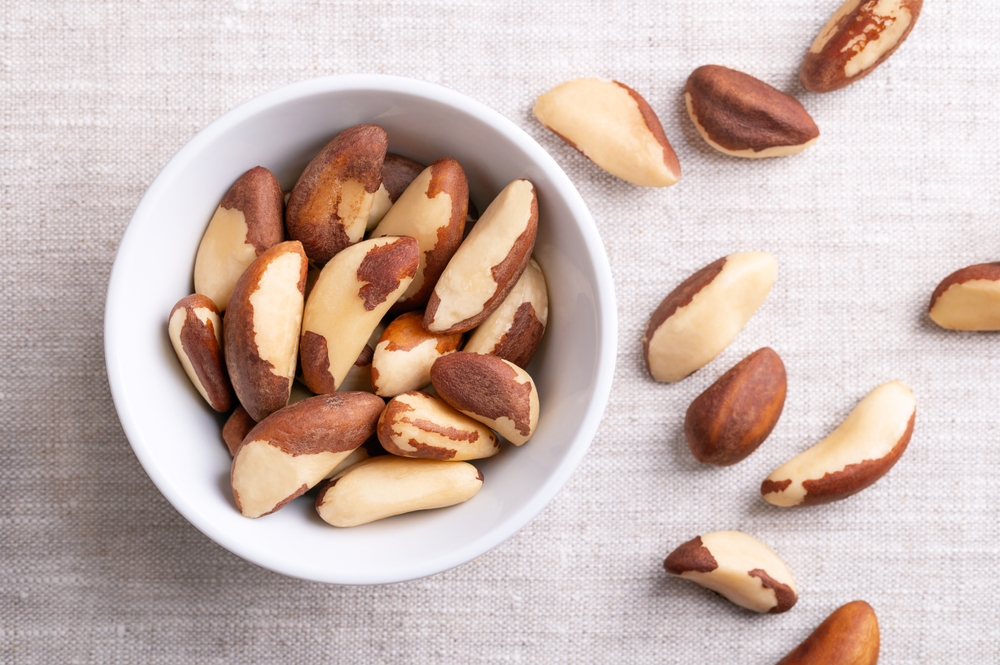
Nuts, especially tropical ones like Brazil nuts, pistachios and peanuts, may carry a toxic mold called aflatoxin, which is carcinogenic.
If you see mold, throw them out immediately.
Meat
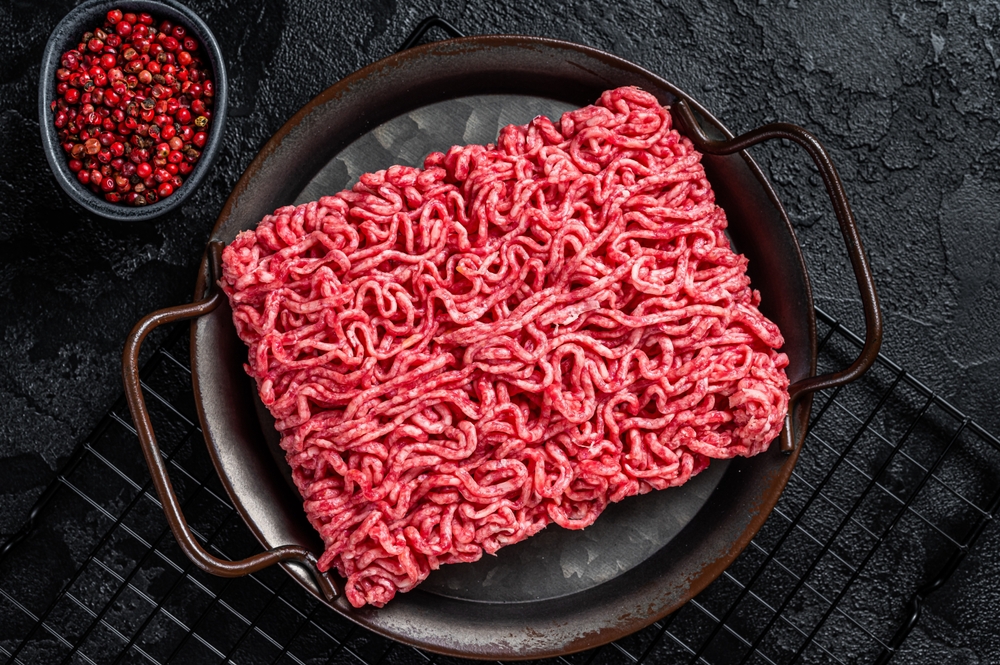
Whether it’s liver pâté, sliced ham or roast beef – if there’s mold, the entire product is unsafe. Don’t attempt to salvage any part of it.
Dairy and soft cheeses
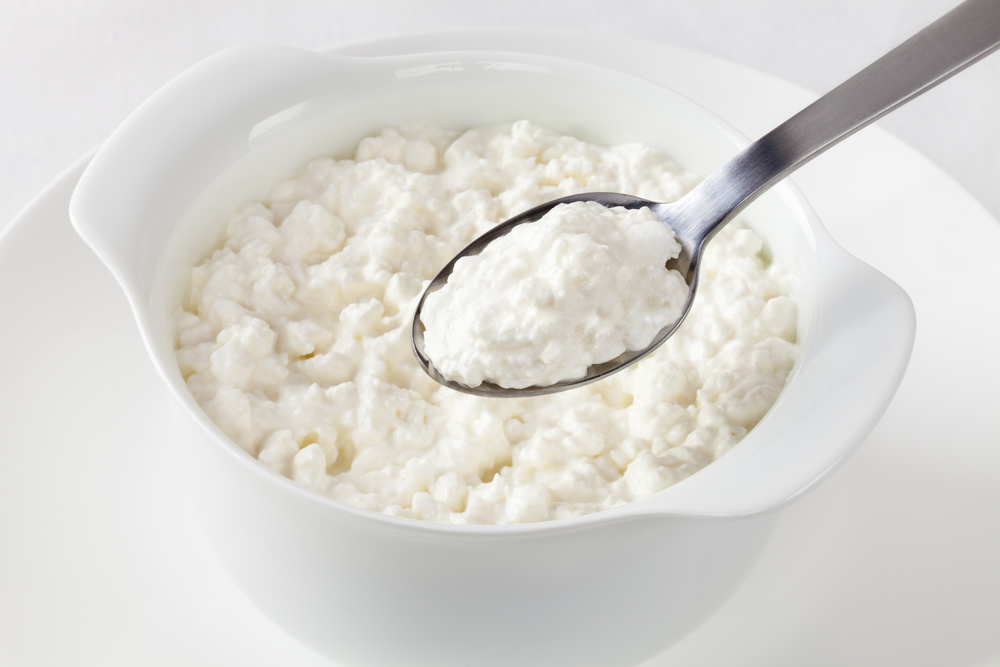
If there’s mold on soft cheeses (like cream cheese or cottage cheese), sour cream or regular sliced cheese, toss it.
Mold can spread throughout the product unseen and isn’t removed by cooking.
Hard cheeses
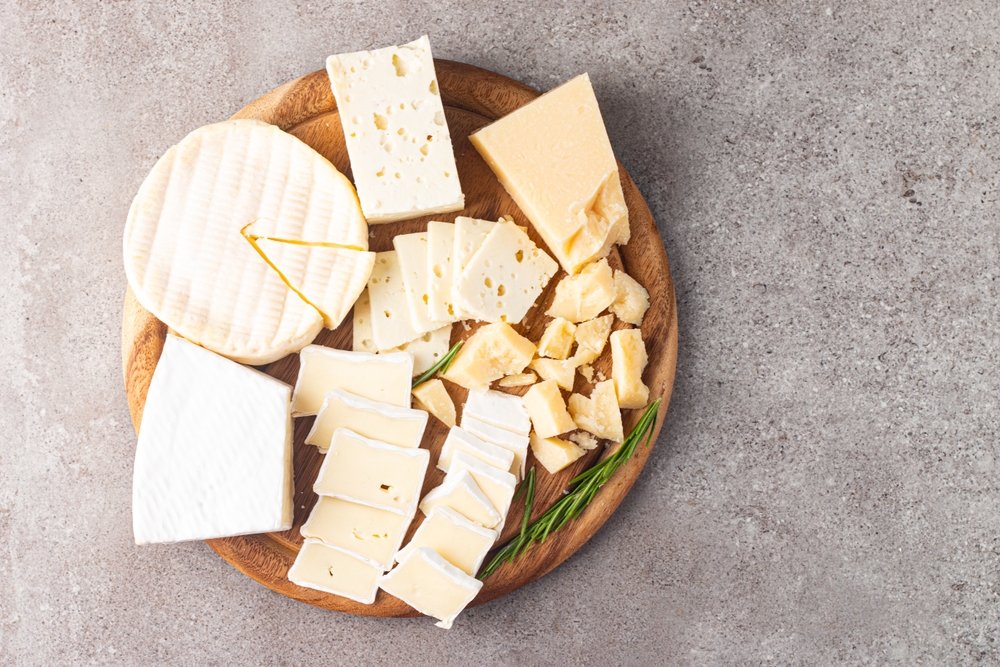
With hard cheeses like Parmesan or aged Gouda, you can cut off the moldy area.
Make sure to remove at least 1 cm around and under the mold to ensure it’s safe to eat.
That white fuzz on mushrooms
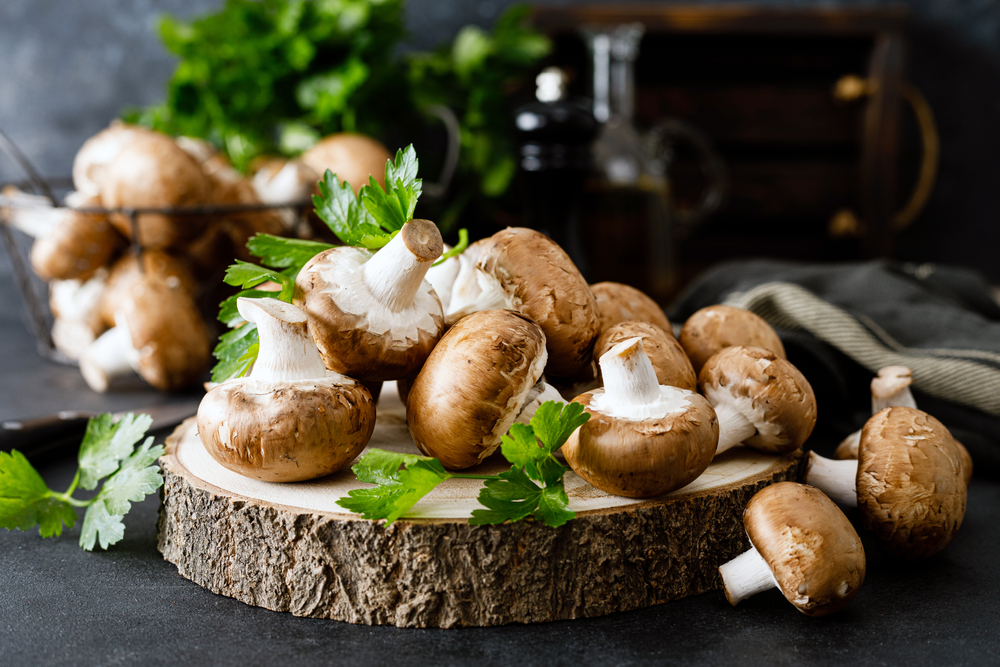
If you see a white, fuzzy layer on your mushrooms, it may just be the natural mycelium – not harmful mold. You can safely trim it away before cooking.
Root vegetables
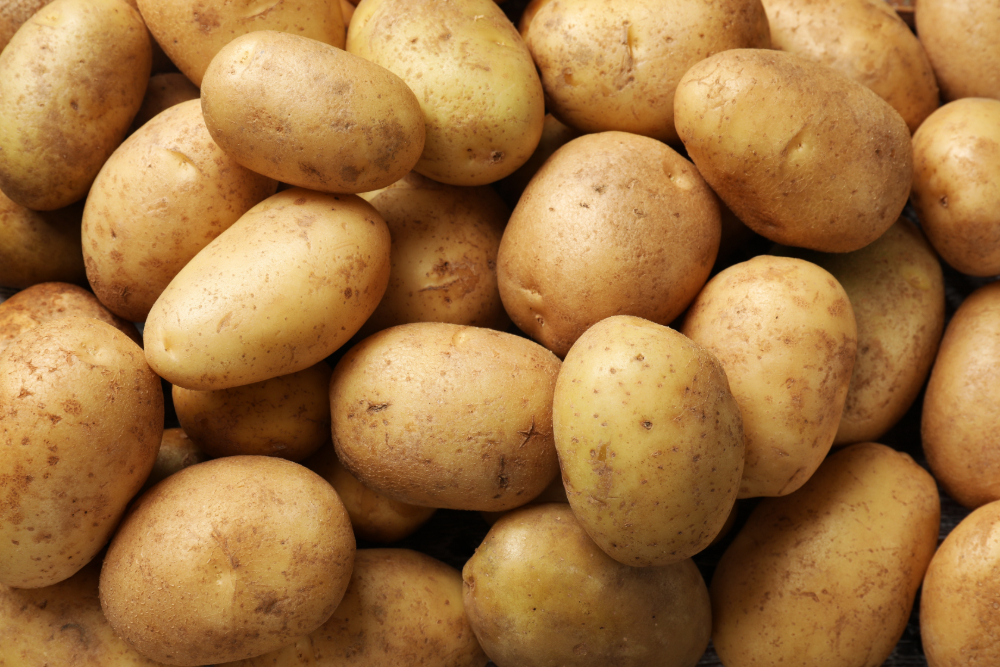
Carrots, potatoes and cabbage contain little water and are less prone to internal mold spread. Cut at least 1 cm around the affected area and the rest should be safe to eat.
Don’t sniff moldy food – it’s risky
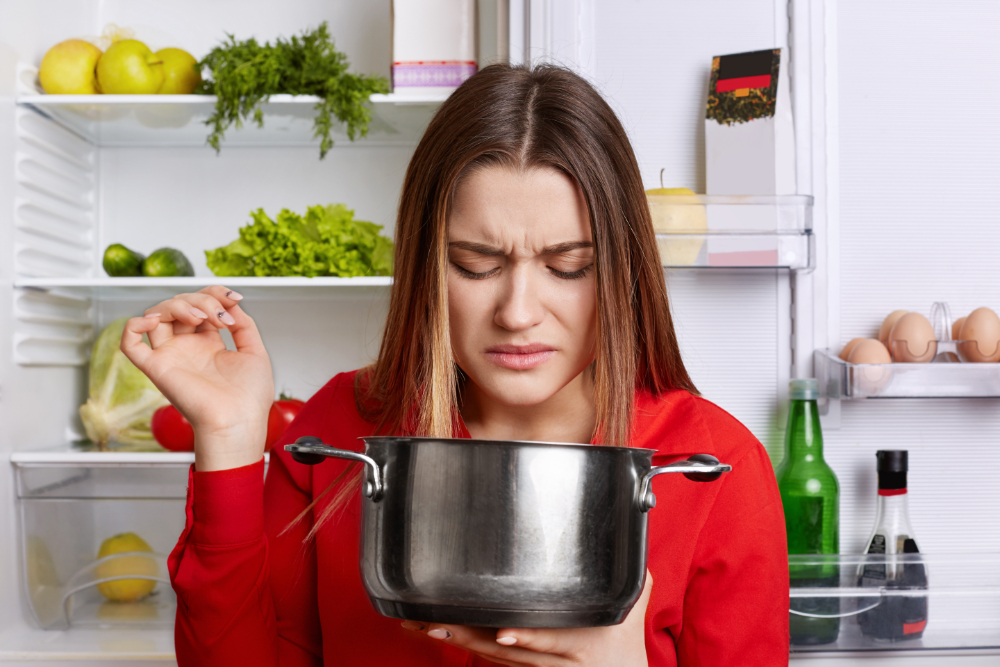
Avoid smelling moldy food. Inhaling mold spores can be harmful to your health. When in doubt, play it safe and toss the food.
And remember: food that’s been partially saved from mold should be eaten the same day.
The article is based on information from Samvirke.
